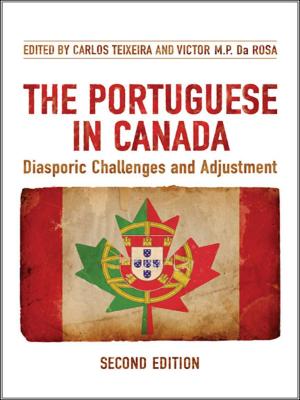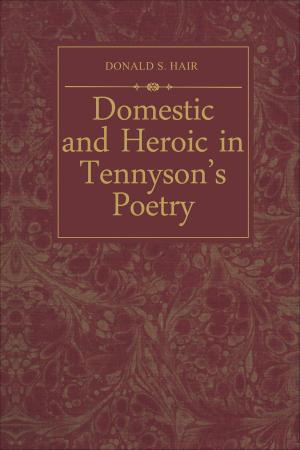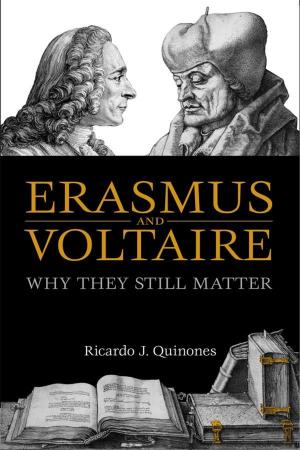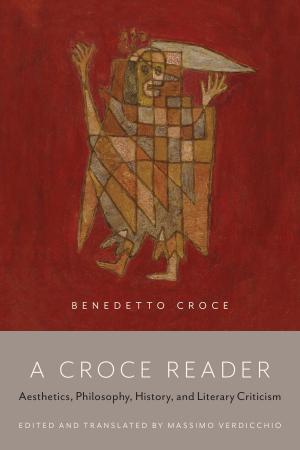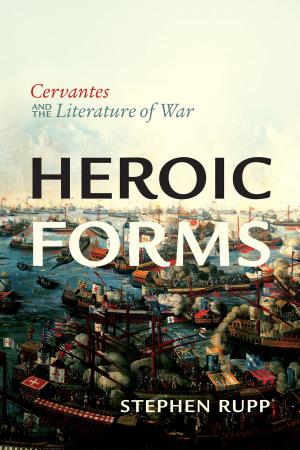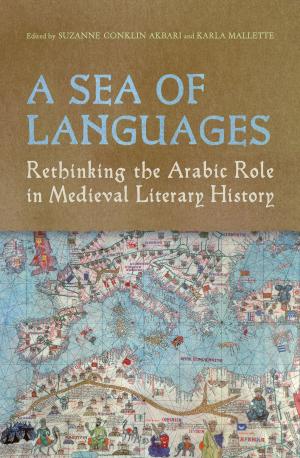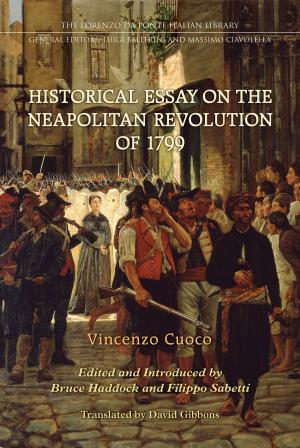Migration Italy
The Art of Talking Back in a Destination Culture
Nonfiction, History, Italy, Social & Cultural Studies, Social Science, Cultural Studies, Emigration & Immigration| Author: | Graziella Parati | ISBN: | 9781442620087 |
| Publisher: | University of Toronto Press, Scholarly Publishing Division | Publication: | December 31, 2013 |
| Imprint: | Language: | English |
| Author: | Graziella Parati |
| ISBN: | 9781442620087 |
| Publisher: | University of Toronto Press, Scholarly Publishing Division |
| Publication: | December 31, 2013 |
| Imprint: | |
| Language: | English |
In terms of migration, Italy is often thought of as a source country - a place from which people came rather than one to which people go. However, in the past few decades, Italy has indeed become a destination for many people from poor or war-torn countries seeking a better life in a stable environment. Graziella Parati's Migration Italy examines immigration to Italy in the past twenty years, and explores the processes of cultural hybridization that have occurred.
Working from a cultural studies viewpoint, Parati constructs a theoretical framework for discussing Italy as a country of immigration. She gives special attention to immigrant literature, positing that it functions as an act of resistance, a means to talk back to the laws that regulate the lives of migrants. Parati also examines Italian cinema, demonstrating how native and non-native filmmakers alike create parallels between old and new migrations, complicating the definitions of sameness and difference.
These definitions and the complexities inherent in the different cultural, legal, and political positions of Italy's people are at the heart of Migration Italy, a unique work of immense importance for understanding society in both modern-day Italy and, indeed, the entire European continent.
In terms of migration, Italy is often thought of as a source country - a place from which people came rather than one to which people go. However, in the past few decades, Italy has indeed become a destination for many people from poor or war-torn countries seeking a better life in a stable environment. Graziella Parati's Migration Italy examines immigration to Italy in the past twenty years, and explores the processes of cultural hybridization that have occurred.
Working from a cultural studies viewpoint, Parati constructs a theoretical framework for discussing Italy as a country of immigration. She gives special attention to immigrant literature, positing that it functions as an act of resistance, a means to talk back to the laws that regulate the lives of migrants. Parati also examines Italian cinema, demonstrating how native and non-native filmmakers alike create parallels between old and new migrations, complicating the definitions of sameness and difference.
These definitions and the complexities inherent in the different cultural, legal, and political positions of Italy's people are at the heart of Migration Italy, a unique work of immense importance for understanding society in both modern-day Italy and, indeed, the entire European continent.


